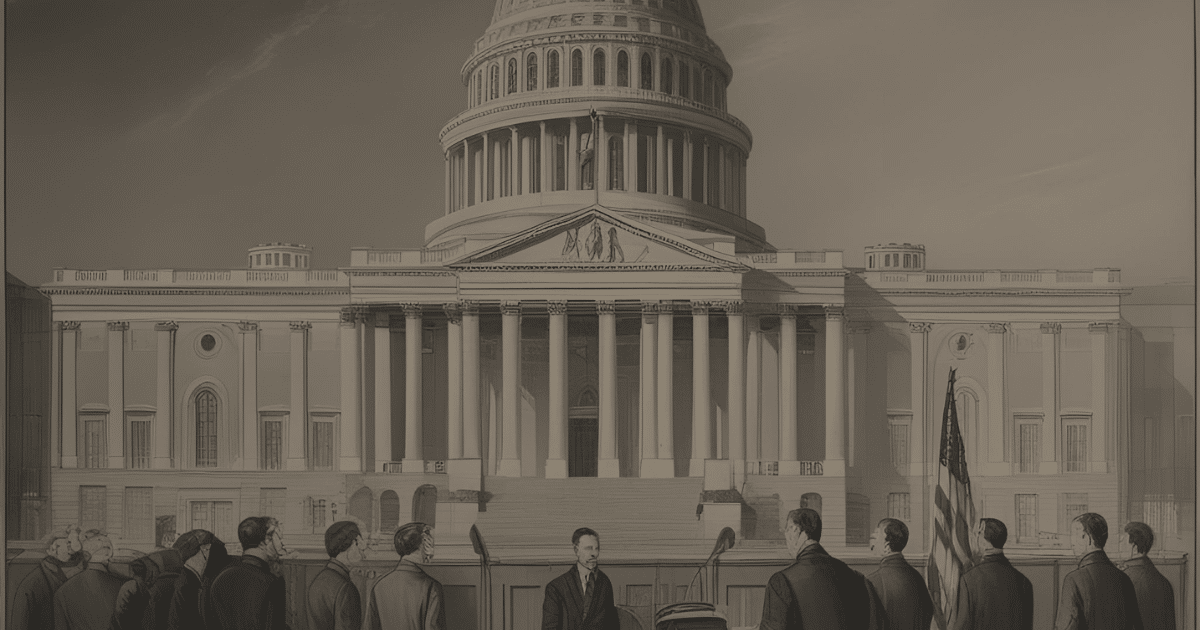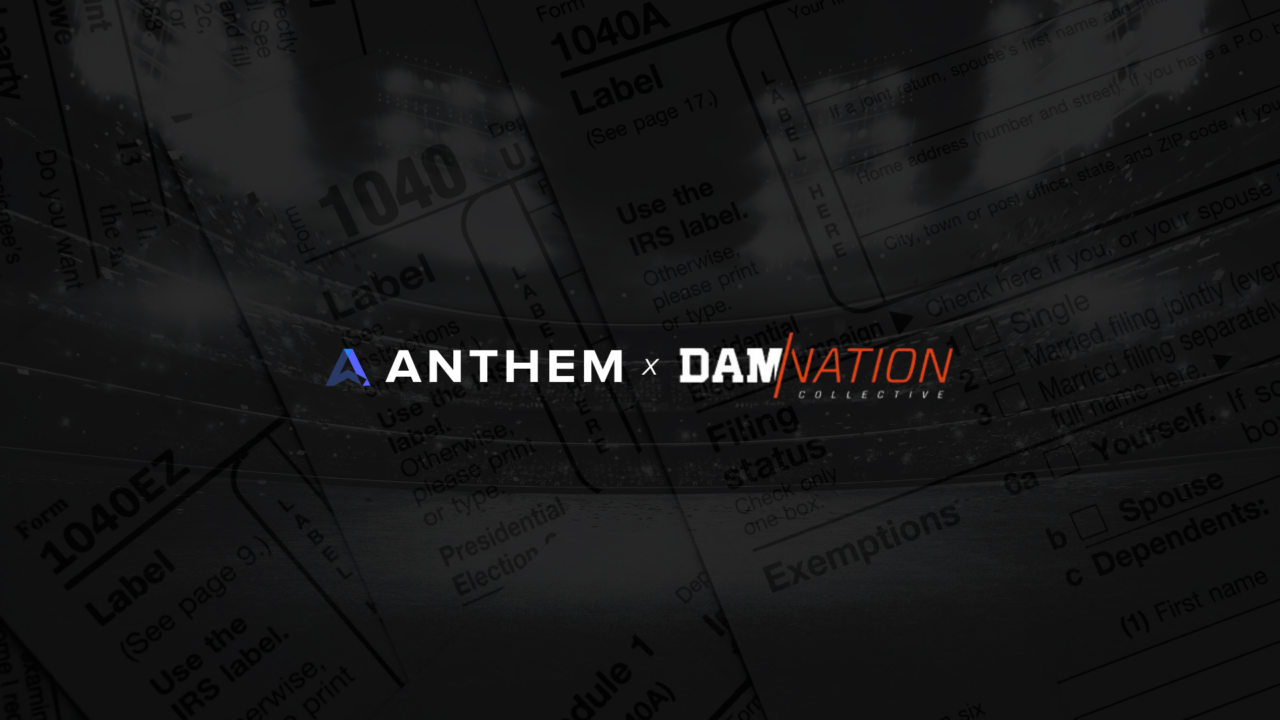How Much Are Restaurants Taxed?
Restaurants get taxed on multiple fronts, like any other business. Depending on how profitable the restaurant is, where it’s located, how big the property is, and how many employees they have, restaurants can be taxed tens of thousands of dollars per year.
Federal Income Tax
All business owners have federal income taxes imposed upon them. This income tax is only placed upon your business and personal income, and your business and personal expenses can be deducted. Keep reading to see more on which expenses can be deducted for restaurant owners.
Payroll Tax
Restaurant owners are required to pay the taxes on their employee’s wages. This may include Medicare, Unemployment, and Social Security, which can be taxed ranging from 2.9-12%.
Tax On Restaurant Tips
Because it’s hard to know just exactly how much a server will make in tips, the taxes on tipping in restaurants can be confusing. For the best results, you’ll want to record everything. From daily tip intakes, to how much employees are splitting amongst each other. If a server doesn’t make more than $20 per month, they don’t need to report it, but (hopefully) a server will be taking home more than that per month. For more on the Employer’s responsibilities handling this, check out the official page on Tips being Taxed from the IRS.
Health Taxes
This is a relatively new phenomenon in restaurant taxes, but some counties are imposing taxes on products that they find dangerously unhealthy. In the same way that cigarettes are taxed heavily to deter people from purchasing them, Cook County in Illinois attempted to add a tax to sugary sodas being served in restaurants. The tax would charge $0.01 per ounce of soda and add an extra $35+ dollars to one container of soda syrup. The bill was overturned in late 2017, but copycat tax proposals have popped up since.
Not sure if you’re overspending on food costs? Find out now with the free Food Cost Calculator.
Restaurant Sales Tax By State and City
The tax on restaurant food is almost always in that state’s Sales and Use Tax, plus whatever the city or county’s sales tax is on top of that. Below are some of the most popular state and city restaurant taxes.
Virginia Restaurant Tax: As of January 1st, 2020, the average tax of prepared foods in Virginia is 5%. There is a 2.5% tax on food in general, but in certain counties and cities, restaurants can charge up to 6.5% on top of this depending on where it’s located. Find out more on Virginia’s Tax Website.
NYC Restaurant Tax: Being home to some of the world’s best restaurants, it makes sense NYC would also have high taxes. The NYC restaurant tax is 8.875%. This is the combination of New York City’s 4.5% tax on the service, New York State’s Sales tax of 4%, and the Metropolitan Commuter Transportation District’s tax of 0.375% for total sales. You can find out more at NYC.gov.
California Restaurant Tax: The California Restaurant Tax rate varies depending on what county the establishment is located in. However, it will fall between the range of 7.25% and 10.25%. To find out what it is in your county, check out California’s complete list of City and County Sales & Use Tax Rates.
Chicago Restaurant Tax: As of January 1st, 2020, the Chicago Restaurant Tax is .5%, however, in addition to the State’s 6.25% tax on food, the County’s 1.25% tax and the City’s tax of 1.25%, Chicago, the total tax Chicago-based restaurants face is 9.25%. Find out more about the city’s taxes on Chicago’s government tax list.
Massachusetts Restaurant Tax: The Massachusetts tax on meals sold by restaurants is 6.25%, this is true for all cities and counties in MA, including Boston. This must be collected from the purchaser and separately stated and charged on the bill. Learn more about the meals tax on Mass.gov.
DC Restaurant Tax: The DC Restaurant Tax is one of the highest in the country, with establishments being charged 10% for meals and liquor consumption. With most taxes being decided upon in this area, you would think they would make it lower. Find out more about the District of Columbia’s taxes from the website of the Office of the Chief Financial Officer.
Utah Restaurant Tax: Depending on which county the business is located in, the restaurant tax in Utah can range from 6.10% to 10.05%. To find out what the rate is in your specific county, see Utah’s tax guide.
Florida Restaurant Tax: The restaurant tax rate in Florida is 6%, in addition to the tax rate determined by the county, which you can learn more about on the Florida Department of Revenue’s website.
Seattle Restaurant Tax: The restaurant tax in Seattle is a combined 10.1%, with Washington State’s Sales and Use tax being 6.5% and Seattle’s city tax being 3.6%. You can find out more about specific county sales tax rates from Washington State’s Department of Revenue.
Texas Restaurant Tax: The Texas Restaurant Tax is, at most, 8.25%. The state tax in Texas is 6.25% and depending on the county the restaurant is located in there could be up to an additional 2%. The Texas Comptroller’s website has more information.
New Jersey Restaurant Tax: The New Jersey Restaurant Tax is 6.625%. This is the tax rate of Sales of Services in the state and has been in effect since 2018. More information can be found on the website of the NJ Department of The Treasury.
These are just a few of the more commonly asked about State and City Restaurant Tax Rates. If you need to find out more about your specific area’s restaurant tax rate, look at your state’s Department of Revenue or Department of Treasury online.
Tax Deductions For Restaurant Owners To Keep In Mind
Restaurateurs know that profit margins in this industry are slim, so saving money everywhere you can is of the utmost importance. So when Tax Season rolls around, you’ll want to make sure you’re deducting everything you can from your income tax. Here are a few tax reductions for restaurant owners that you won’t want to forget.
Marketing
We know how hard it is to get your name out there amongst the noise of the restaurant industry, and marketing doesn’t come cheap. When considering tax-deductible marketing tactics, you’ll want to make sure you’re covering all channels. If you’re paying for Facebook, Google, or Yelp promotions, make sure those are accounted for.
Of course, more traditional advertising applies too. TV, radio, and newspaper ads can cost a handful and is definitely something you’d want to take off of your income. If you want to spend less money on these efforts, check out our Restaurant Marketing Grader for a free diagnosis and tips!
Staffing Costs
A large reason why profits for restaurant owners can be so slim is because of the staffing costs. Between FOH and BOH, there are multiple roles a restaurant can’t function without. All of these salaries can be deducted from a restaurant owner’s income tax, along with the food provided to employees between shift changes. The owner will still separately have to pay their payroll tax, mentioned above.
Equipment
You can’t prepare the best meal in town without the best equipment. When considering deductibles from your income tax, be sure to remember the cost of ovens, fryers, stoves, dishwashers, and the cost to maintain all of them.
Food Costs
Your food costs can range anywhere from 28% to 40% of your revenue, depending on your restaurant’s concept. Whatever your ideal food cost is, you’re going to want to write off the cost of these ingredients.
Utensils
Forks, knives, spoons, and even sporks if you have them can be tax-deductible. Don’t forget the cost of the dish soap that cleans them when totaling up these costs either!
Legal Fees
Starting a restaurant involves plenty of paperwork. All of the licenses and permits a restaurateur needs to legally operate along with filing trademarks, business names, and paid legal counseling can rack up costs, all of which can be deducted from a restaurant owner’s taxes.
Insurance
Restaurant insurance, business insurance, employee insurance, insurance for delivery vehicles, all of these are tax deductions for restaurant owners.
Table Items
Basically anything on the table when a customer sits down can be deducted from a restaurant owner’s taxes. Menus, napkins, ketchup, appetizer plates, and anything else a customer might need to enjoy their food can be written off.
Tips and Tricks From Experts On Restaurant Taxes
With many cities and states in the U.S. regulating taxes in their own way, restaurants can end up muddling through confusing layers and rate structures.
“Forty-five states and the District of Columbia have sales taxes, and countless local jurisdictions also have sales taxes in various forms,” says BDO USA managing director Mike Feiszli, who advises national restaurant clients on a range of tax and financial consulting services. “With so many tax codes, tax bases, definitions, exemptions, and tax rates in various combinations, no two tax codes or jurisdictions are exactly the same.”
He continues, pointing out that the confusion extends to restaurants in particular: “At the same time, different government bodies have different tax rates for restaurant sales for the same reasons there are different tax rates for sales of other tangible personal property or taxable services—the state may tax certain sales, while other local taxing authorities may not, or vice versa.”
For example, different jurisdictions define taxable “food” differently, as well as the taxability of beverages (alcoholic or otherwise) that are sold with food, meaning they may all have different tax rates.
Depending upon the jurisdiction, the state may have the authority to levy the sales tax, or even multiple taxes, in addition to the state.
“Many factors go into determining sales tax rates, including other taxes that are also levied in or by a jurisdiction; exemptions or exclusions that may be applicable; and whether a business is located in a particular ‘zone’ that may create exemption or taxability, like entertainment areas, resort areas, enterprise zones, historic districts, etcetera,” Feiszli says. “Ultimately, the decision rests with the taxing authorities, and, to some extent, the constituents and businesses, to determine what is taxable and the applicable rate.”
Richard Auxier, a research associate at the Tax Policy Center, headquartered in Washington, D.C., notes that in the broadest sense, states will typically levy general sales tax and income tax, where localities add in property taxes. Cities and municipalities also can add extra sales tax if they need more revenue.
“What cities will often do is have taxes on restaurant meals that are higher than regular sales tax, the same way they would for a hotel or rental cars,” he says. “The reason they do this is that people are coming from outside the city to use them on higher levels, and using the city’s resources, so they should contribute.”
“Basic economics dictates that the market can only bear a certain price. The more taxes, the less the restaurant gets for their product. The less they get, the less they can pay. Simple.” – Margaret Janowsky
Popular cities like Washington, D.C., New York City and Philadelphia can charge higher taxes because they know it will not be enough to keep tourists from visiting and dining out. But when smaller cities rely on visitors, proposals to increase restaurant taxes are often met with resistance.
In Alexandria, Virginia, restaurant owners are opposed to plans that would increase the local meal tax from 4 to 5 percent, in an effort to raise approximately $4.75 million annually to fund affordable housing. Since Virginia already places a separate 6-percent tax on meals, owners argue increasing the local tax rate gives an advantage to dining destinations in nearby D.C., which has 4-percent tax, and Fairfax, Virginia, which has no local meal tax at all.
“You don’t want to make your rates too high to discourage people from using the restaurant and there’s no science to that,” Auxier says. “You don’t want to impact people’s decisions on where they go out to eat.”
Margaret Janowsky, co-owner of Del Ray Café in Alexandria, says while she couldn’t ask for a more supportive and caring community, the meal tax increase has many implications, direct and indirect, to the restaurants in the area.
“Directly, the economics of it basically is that it will hold down prices and, therefore, wages. Wages for the people that need affordable housing the most,” she says. “Basic economics dictates that the market can only bear a certain price. The more taxes, the less the restaurant gets for their product. The less they get, the less they can pay. Simple.”
Indirectly, she adds, research shows that as the economy tightens, people go out less often.
Alexandria’s current combined local and state meal tax rate of 10 percent is the same as D.C. and Arlington, Virginia. However, the nearby Fairfax County and the state of Maryland both have a 6-percent state tax only. An increase in Alexandria’s local meal tax would tip them over the top.
“With the additional 1 percent, we become the highest in the region,” Janowsky says. “And we are not only competing for customers, but we are also competing for good employees. Consequently, we will now be the highest cost option for customers with the lowest available margin to pay our employees.”
Multiple tax layers tend to occur in jurisdictions that have home rule or several possibilities for local taxation that may or may not be levied in addition to the state tax. For example, many states and their jurisdictions vary in how they tax liquor by the drink, carbonated/soda/sweetened beverages, and wine/spirits/liquor/beer.
“In many cases, the state may be the collecting agency for all or several of the local jurisdictions, but the tax is really composed of a state portion and one or more local/special taxes,” Feiszli says. “There may also be layers of excise tax paid at the distributor level, which is then built into pricing or passed through to the retailer or patrons.”
Feiszli notes that states with local/home rule laws and multiple tax rates tend to be the most difficult to navigate, especially if the home rule jurisdiction is in close proximity to other home rule jurisdictions that treat sales of food, alcohol, carbonated beverages, or other items purchased or sold by restaurants in a different way.
“Any states with multiple rates and/or local taxing options are much more challenging than a state-only taxing jurisdiction,” he says. “No two tax jurisdictions are the same, and expansion into new tax jurisdictions may not be ‘business as usual.’”




